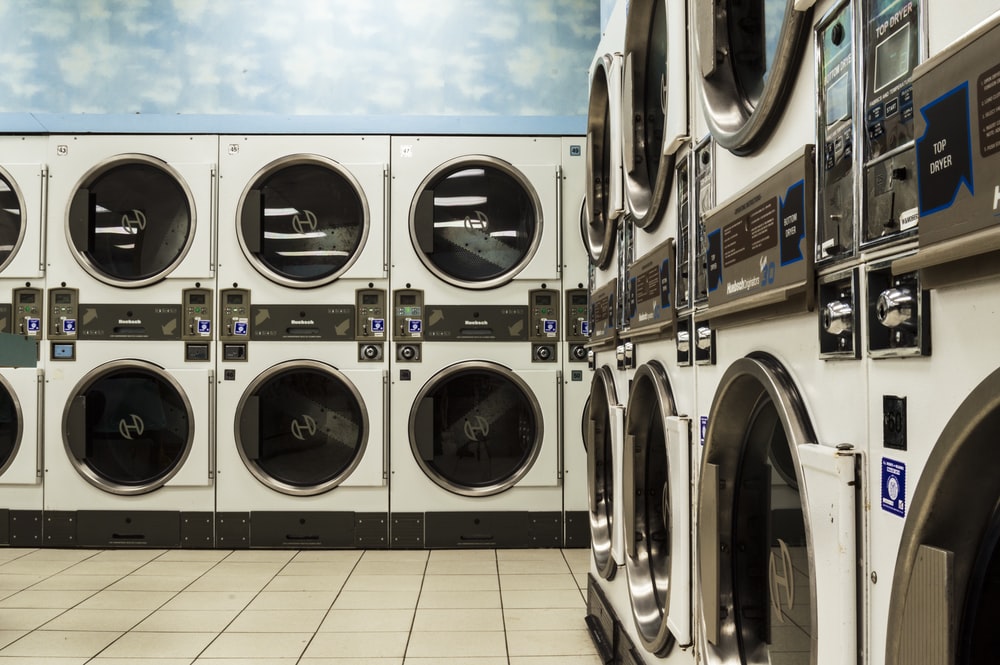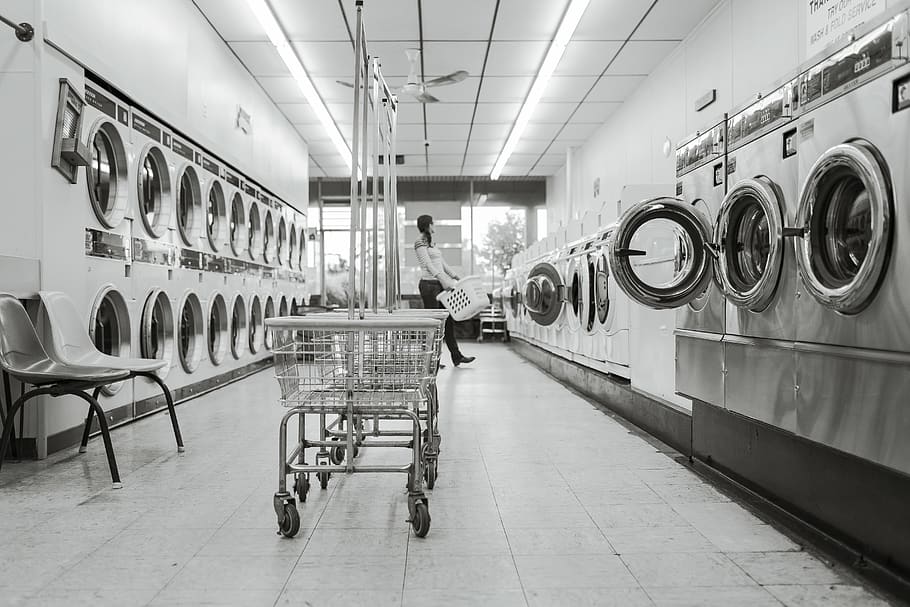OZONE IN LAUNDRY
The idea of washing garments with the guide of ozone (O3) gas broke down in surrounding temperature water was first acquainted with the American clothing industry in 1991. The framework promoted the capacity of diminishing energy use and conventional wash synthetic compounds while reusing a large portion of the wash water for reuse. Since that time, the quantity of laundries accepting this innovation has developed significantly. Ozone happens in nature because of electrical release (for instance, lightning), bright radiation, or the photochemical activity of daylight on climatic oxygen. European researchers figured out how to reproduce these responses in controlled lab tests in the last piece of the nineteenth century and by the turn of the century the primary ozone generators were being delivered monetarily in France and Germany.
In a watery arrangement, it is a viable biocide, fit for annihilating bacterial and viral settlements. It is additionally viable against molds and organisms and as a deodorizer of air and water. Ozone functions admirably as a sanitizer on the grounds that upon deterioration it returns to its unique structure, oxygen (O2). It disseminates rapidly in water temperatures more than 38ºC (104ºF), which orders the utilization of tepid water. Ozone has been used for over 100 years in Europe in certain applications as different as essential sanitization of city drinking water supplies, hydroponics, and mash fading.
Its far and wide use in the United States has been hampered by the inclination for reasonable synthetics (particularly chlorine) contrasted and the costly, by and large questionable ozone-creating hardware. Be that as it may, with mounting central government strain to decrease synthetic contamination of the climate, combined with the improvement of cost-proficient, dependable, and low-support ozone-producing frameworks, these frameworks are acquiring ubiquity.


